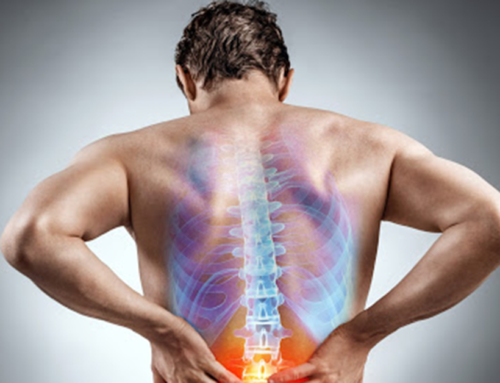Spinal decompression therapy is a non-invasive, innovative treatment that has been healing patients’ back pain for over ten years. It uses computerized traction to create negative pressures between the vertebrae, taking pressure off nerves and helping discs and joints to heal themselves. Though it can be used as the first line of treatment, it is often recommended to patients who have tried other therapies and drugs with little improvement. If you are tired of dealing with your low back pain and looking for something that will really work, spinal decompression may be the answer. Here are the most common questions we hear from our patients who are considering this treatment:
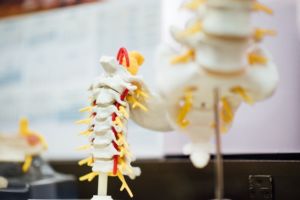
Why Does it Help?
Computerized spinal decompression therapy is the only form of traction clinically proven to create negative pressures within the spine. Negative pressure means bulging discs, and fluid from herniated discs can be “sucked” back into place. The negative pressure also allows more blood flow to get to the injured area. The body’s healing systems rely on blood flow to bring specialized cells and nutrients to the injury. Many structures in the spine don’t receive robust blood flow; this is why these areas can be slow to heal. Encouraging blood flow to the area decreases inflammation, helps the body clean up leaking disc fluid, and speeds healing.

Is Spinal Decompression Therapy Safe?
Yes! Some patients may not be candidates as with any treatment, but most people can be decompressed safely. The treatment is FDA approved and is done every day in more than 5000 clinics in North America.
The most common side effect is an achy feeling similar to what you might experience after starting a new exercise program. This happens because your muscles are being stretched in a new way. This achiness typically goes away after the first couple of sessions.
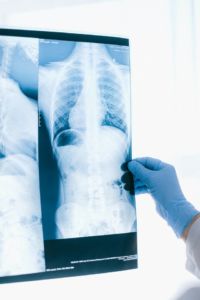
What Conditions Does Spinal Decompression Therapy Treat?
If you have been diagnosed with a problem related to the discs or joints in your spine, then decompression therapy may be recommended. The conditions it can treat include:
- Spinal Stenosis
- Herniated Discs
- Bulging Discs
- Sciatica
- Pinched Nerves
- Degenerative Discs
- Grade 1 or Grade 2 spondylolisthesis
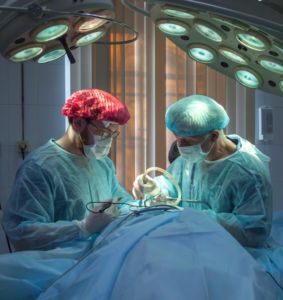
Can I be Decompressed After Back Surgery?
In some cases, patients who are experiencing pain after back surgery can be helped with spinal decompression. If it’s been at least six months since your surgery and you do not have spinal fusion or metal hardware, then you may be a candidate. Patients who have had a failed Laminectomy or Microdiscectomy often see improvement with decompression therapy. The success rate of decompression is lower in patients who have had three or more laminectomy surgeries.

Who is Not a Candidate for Decompression Therapy?
While most people can receive the therapy safely, it is not appropriate for some people. You will not be able to be decompressed if you have one of the following conditions:
- Pregnancy
- Cancer that has spread to the bones
- A tumor near the spine
- Hardware such as rods and screws in the spine
- Pathologic aortic aneurysm
- Pelvic or abdominal cancer
- Disc space infections
- Grade 3 or 4 spondylolisthesis
If you cannot have spinal decompression therapy, there may be other treatments you can try to resolve your pain. Talk to your doctor and chiropractor about your options.
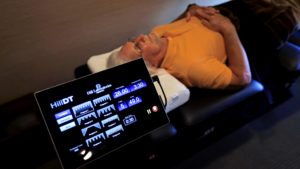
What Does Treatment Feel Like?
You will begin treatment by being comfortably fitted into a harness that goes around your torso. You will then lie on a table, either on your stomach or back. Your provider will set the parameters of the machine according to your individual needs, and the table will begin to separate. As it gently stretches your spine, you may feel some discomfort if you have an acutely painful herniated disc, but most patients describe the experience as comfortable and relaxing. As an extra safety measure, there is a button that you can push at any time to stop the treatment.
Patients with severely herniated discs may feel some discomfort for the first several sessions. After this, the treatment itself should become more comfortable, and you should notice a reduction in pain after treatment. Even these patients typically see a 50% reduction in their pain by the end of the second week of treatments.

What is the Success Rate of Spinal Decompression Therapy?
As with any treatment, the success rate differs depending on the condition. On average, about 80% of patients notice a long-term reduction in pain. This is excellent, especially considering that many patients try decompression after other therapies have failed. As many as 67% of patients with low back pain may experience a complete cessation of their symptoms after completing treatment. These statistics come from the ten studies on spinal decompression therapy that have been published in medical journals, including the American Journal of Pain Management and Journal of Neurological Research.

How Long Does it Take to See Results?
Depending on the injury or condition, some patients will notice results after the first session, and others may not notice significant improvement until the second or third week of treatment. Your chiropractor will create a treatment plan that is personalized to your needs. Following the plan to completion is important. The goal of spinal decompression therapy is to encourage healing and long-term pain relief. Stopping the treatments early may result in temporary relief or no relief at all. Your body will take time to heal, especially if you’ve been living with the injury for months or years. Around 40% of patients begin noticing significant results in their second and third weeks of treatment.
You will most likely go for treatments multiple times per week for the first four to six weeks. After that, your provider may prescribe less frequent “maintenance” treatments for several weeks or months. After you finish your treatments, you can expect to experience long-lasting pain reduction or relief.
Spinal Decompression Therapy in Michigan
At Burkhart Chiropractic, we’ve been using spinal decompression therapy to treat patients for over a decade. We believe in spinal decompression because we’ve seen the results in our patients. Schedule a consultation to get all your questions answered and see how this innovative treatment can help you find relief from your pain.



